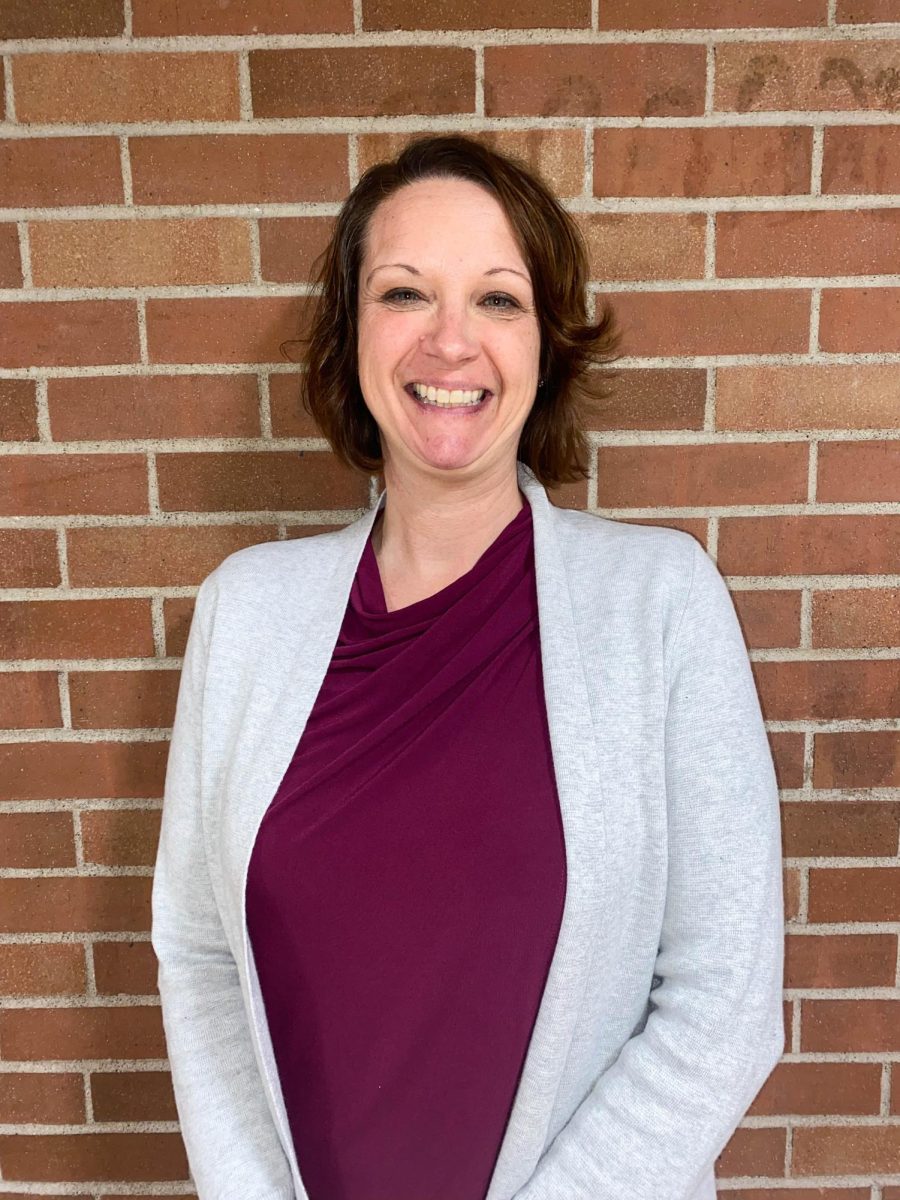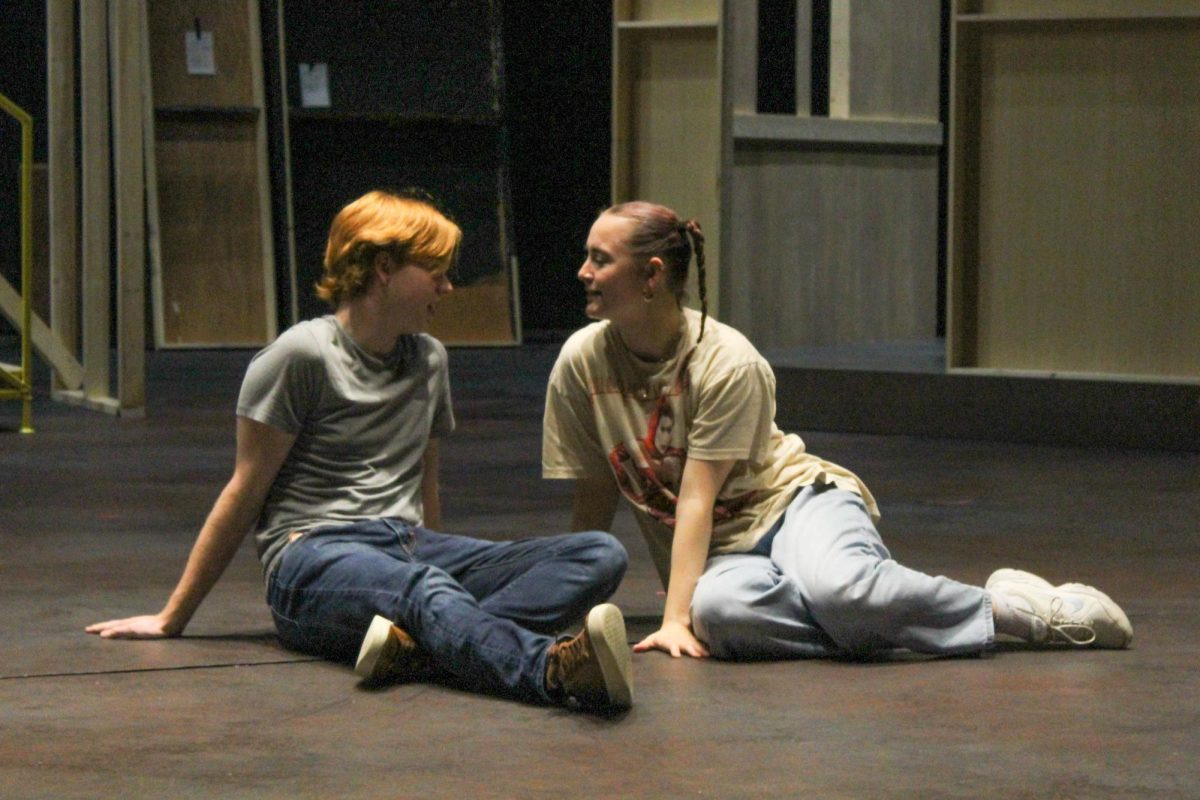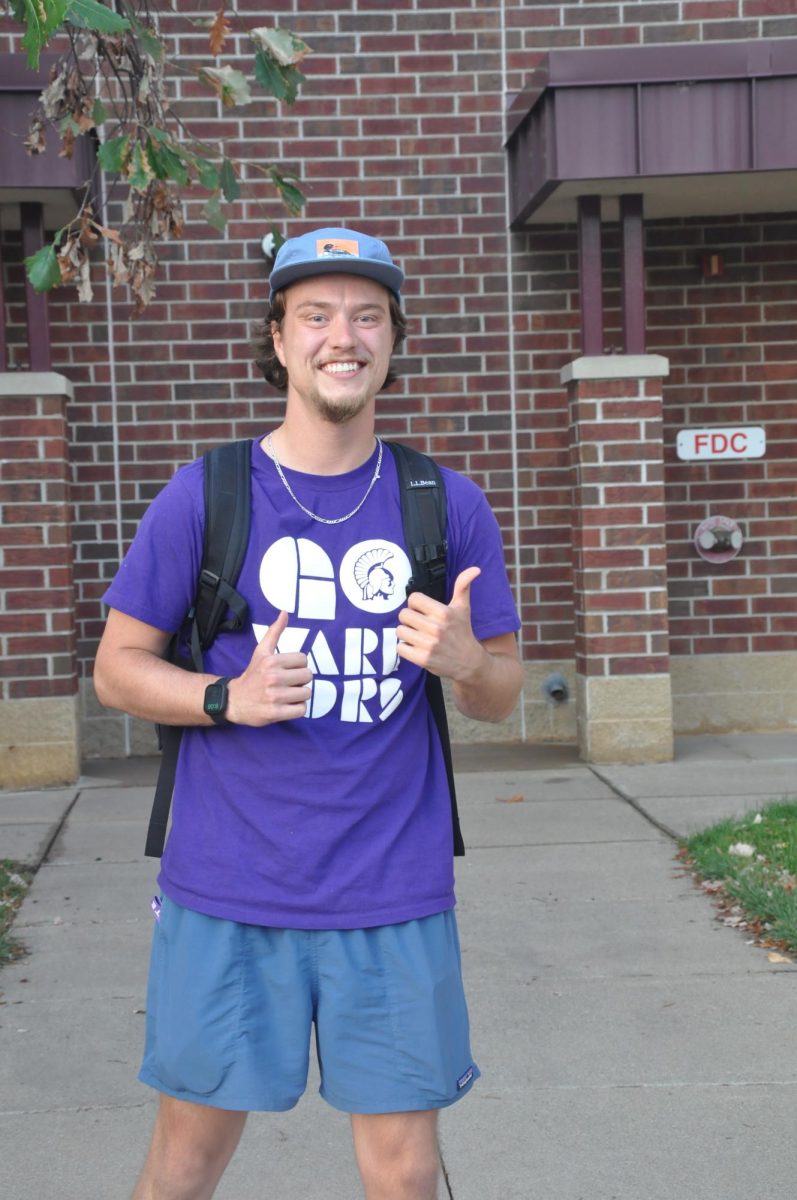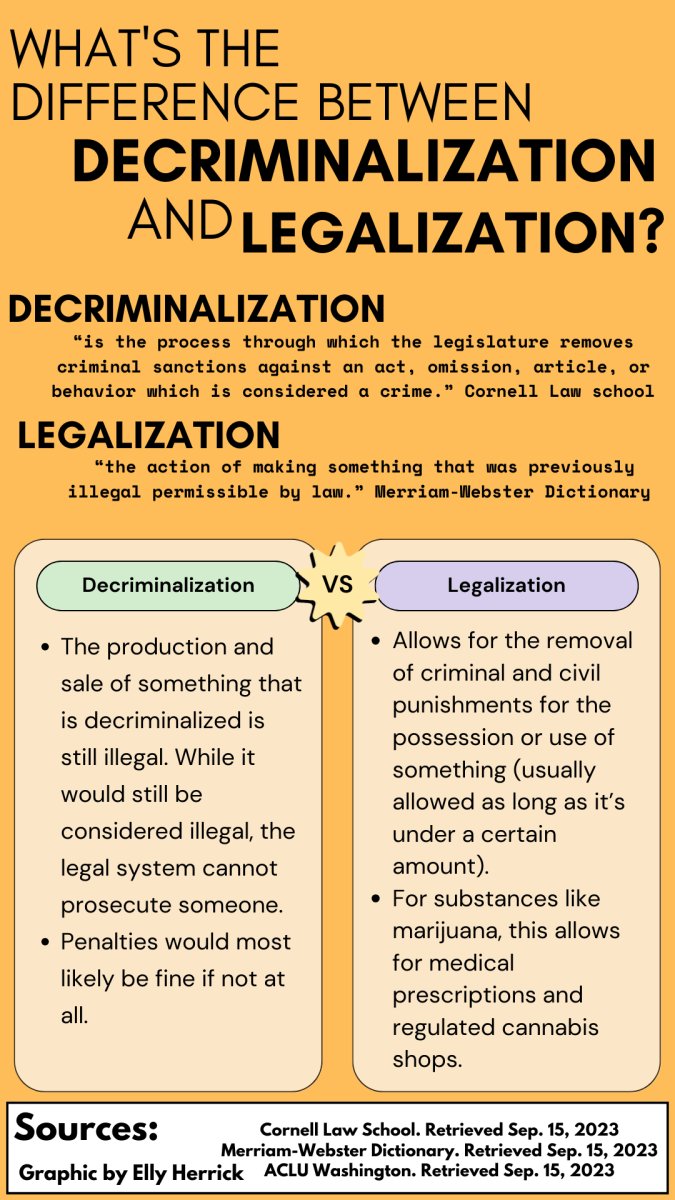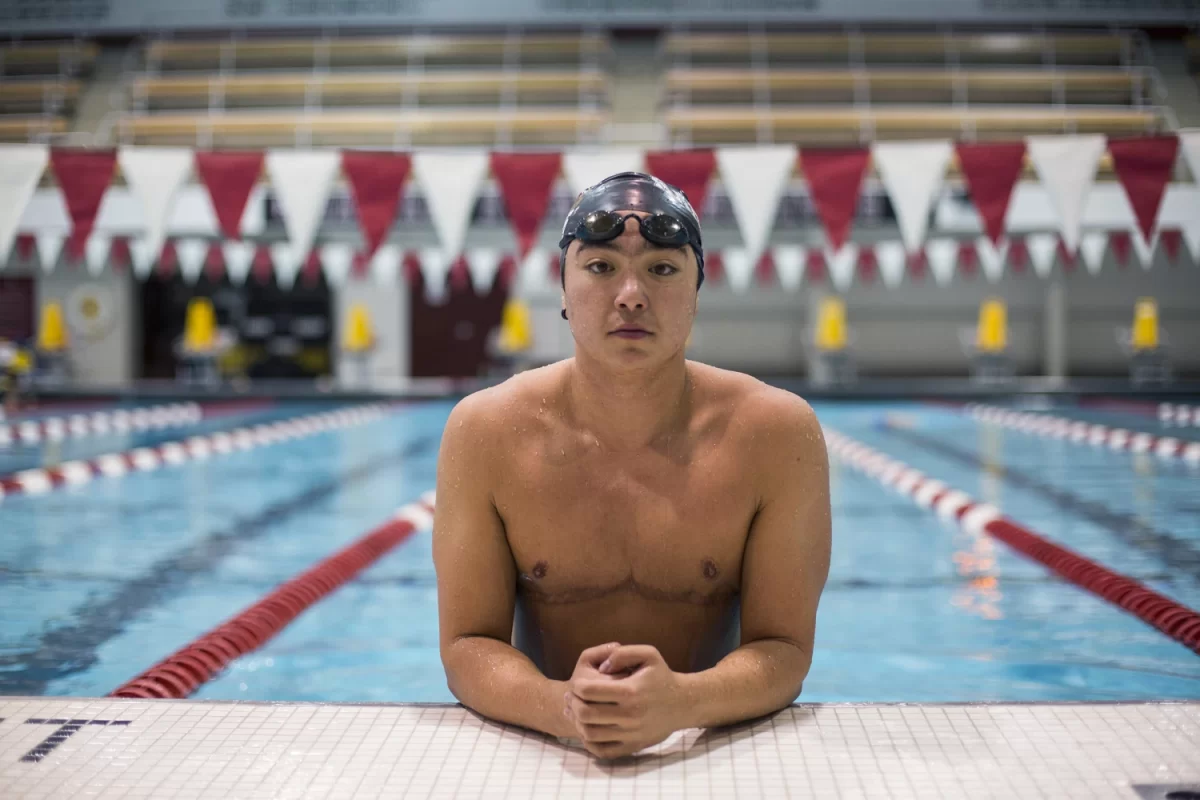Lily Kane/Winonan
An Inclusion and Diversity Seminar was held February 19 in Kryszko Hall, with keynote speaker, Dr. Ibram Rogers, who was there to discuss his new book topic: the black campus movement.
Most students at the event weren’t knowledgeable about the movement as was shown when Rogers started off his presentation by asking several questions in relation to the event.
This was surprising because this movement was very large.
According to Rogers, “Black students organized and protested in every state except Alaska.”
The next question Rogers asked the audience was what was this movement?
The Black Campus Movement was, essentially, groups of black students coming together “to reorganize the racial constitution and racialized ideals of higher education,” Rogers said.
These students would form on campus and march to the president’s office or have sit-ins. They withstood all conditions to fight for what they believed was right.
In 1969 University of Wisconsin Madison black students marched to the Capitol and as Rogers poetically put it, “their bodies may have been freezing that night but their mouths were on fire.”
Rogers discussed the impact of this fight. He pointed out several things that have changed. The first is what he called the “Moralized Contraption.” This means there are no longer gender separated paths to get to school, and black couples were allowed to hold hands in public, which wasn’t allowed before 1969.
The second change he discussed was “Challenging the Standardization of Exclusion.”
This was fundamentally the change to have more black students on a campus. For this change, as well as all the other demanded changes, the students that were part of the movement didn’t just protest, they went out and tried to change things themselves. In this case, they went out and tried to mentor students into realizing that they can get into college.
The third change was what Rogers calls, “Challenging the Normalized Mask of Whiteness.”
The change they wanted was for people to stop thinking that white is the norm. They wanted World History courses that only covered European History to be called European History since it only covered white culture. They wanted Black History courses because, for them, that was their history and that was their norm.
The final significant change the movement was “Challenging Ladder Altruism.”
Before the movement when black students went to college they were expected to no longer be a part of the black culture. They were expected to move to the suburbs and out of the “ghetto.”
However students didn’t want that. They wanted instead to be more connected to the community through college, not the other way around.
Despite all these very significant changes there are still some issues that affect black students.
Rogers was able to simplify how there has been change and how there are still issues, called “Egalitarian Exclusion.”
This is the idea that when students’ college applications are looked at the number one thing is advanced placement or other college preparation courses. The problem is that these classes aren’t offered to all students at all schools.
This is a problem especially for black students because Rogers’ research suggests, “Eighty percent of black students who would have done well in a college prep course didn’t have the option to take one.”
Another problem with college applications is SAT/ACT scores. In each of these tests they add questions that aren’t graded so that test-makers can test the questions to see if they work well.
Based on this they make a profile of students who did well at their questions and then make an entire profile for that test. However this usually means the profile is white, male and middle-class students. This can cause a big disadvantage for black students.
While Rogers strongly supports correcting this issue, he also pointed out that all issues in the world matter.
Contact Lily at [email protected]





























































